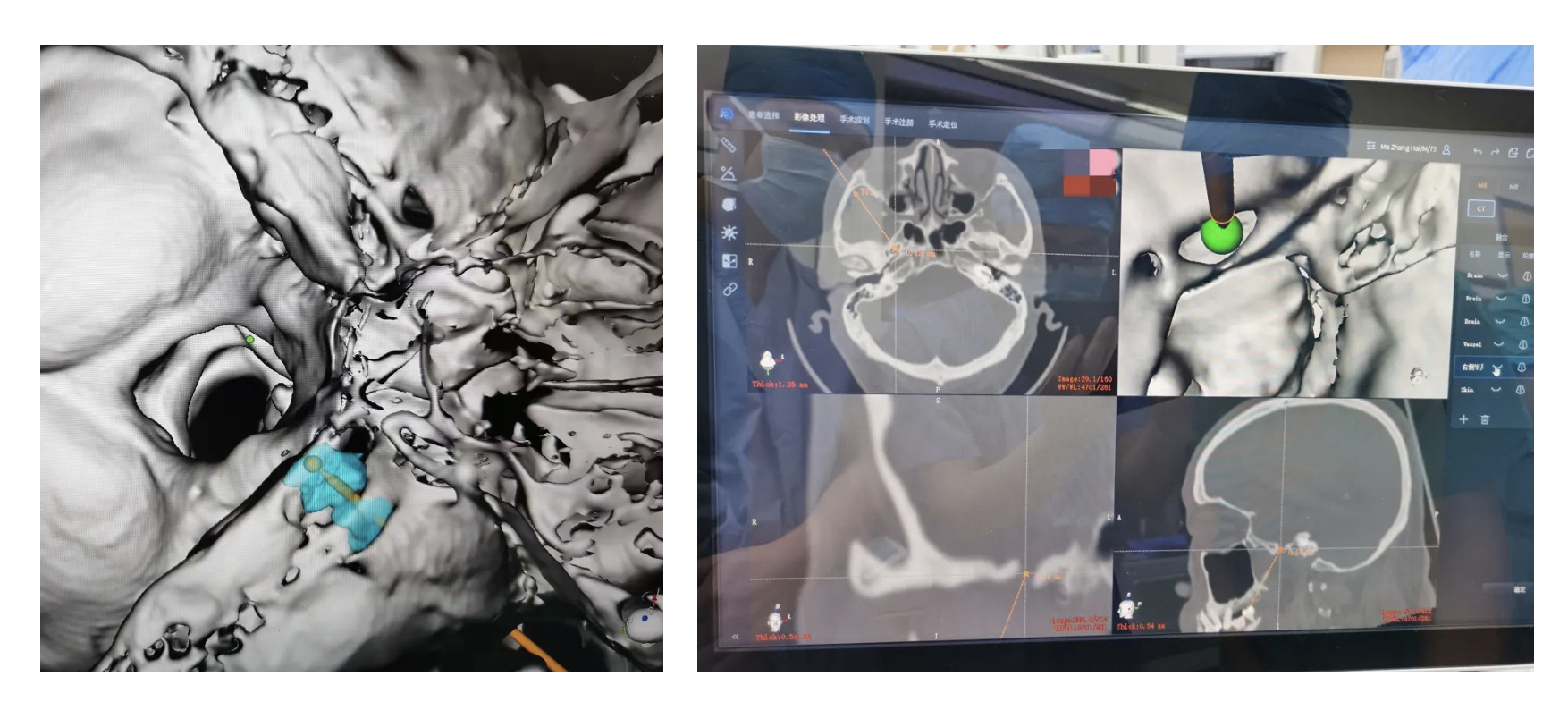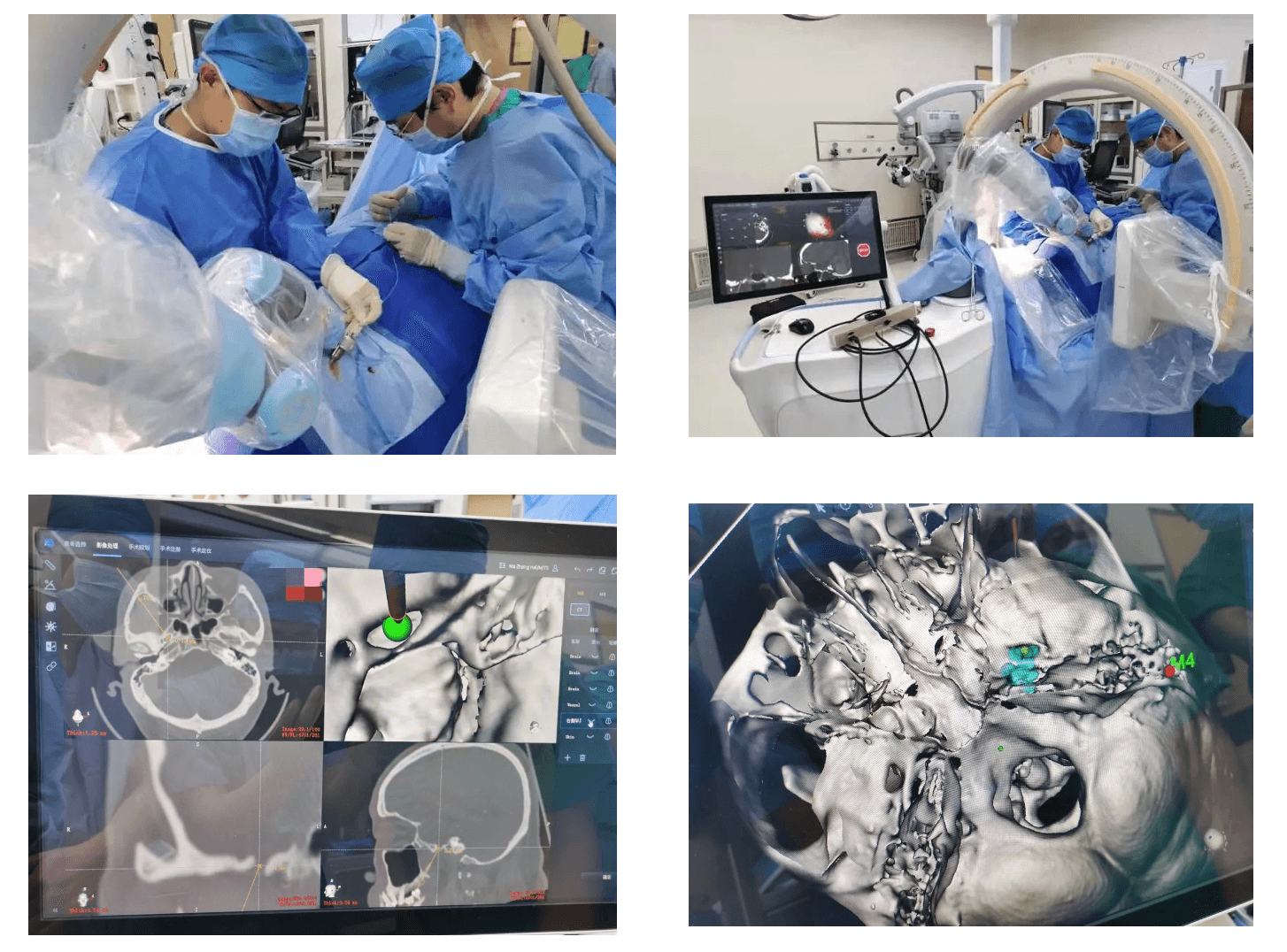Zhang Huaqiang, Chen Sichang, Department of Neurosurgery, Xuanwu Hospital
Trigeminal neuralgia
Trigeminal neuralgia is a unilateral electric shock pain that occurs repeatedly and briefly in the facial area. It is often characterized by "sudden stop" and can be induced by non-harmful stimuli such as talking, brushing teeth, washing face, drinking water and eating. This disease is more common in middle-aged and elderly people, more women than men, because the pain is severe and unbearable, commonly known as "the worst pain in the world". Patients often have severe pain in the face and forehead, which seriously affects their life. Some patients may have facial muscle convulsions when the pain occurs, which is also known as "painful convulsions". As severe pain affects the daily life of patients, many patients are often accompanied by anxiety and other mental symptoms, and even the continuous pain can lose the ability to take care of themselves. Pathogenic mechanism of trigeminal neuralgia and trigeminal nerve intracranial vascular press-fitting, about 80% to 90% of cases are caused by abnormal artery or vein loops oppression, early onset patients preferred oral Carbamazepine treatment, but the drugs can only relieve the pain in short-term, and cannot provide a radical cure, the patients with surgical treatment become the best choice to permanently relieve symptoms. For patients with drug-resistant TN, surgical treatment can be discussed, including microvascular decompression, various types of radiculotomy, gamma knife radiation surgery and trigeminal semilunar node balloon compression. As a craniotomy, microvascular decompression is the most effective for trigeminal neuralgia. However, due to the large trauma of craniotomy, many elderly patients with poor comprehensive state, some patients who do not accept craniotomy or have contraindications for craniotomy have to step back.
Semilunar node balloon compression

Balloon compression of the semilunar node of the trigeminal nerve is a minimally invasive technique for trigeminal neuralgia that is equally reliable and minimally invasive, enabling the treatment of patients who otherwise would not have received surgery. The traditional balloon compression operation is to puncture the foramen ovale under X-ray fluoroscopy and compress the semilunar node of the trigeminal nerve with the balloon, which can achieve good therapeutic effect. But due to puncture need to rely on doctors experience grasping the direction of puncture and puncture depth, often requires repeated puncture and X-ray irradiation, and easy to cause the head of neurovascular injury, xuanwu hospital neurosurgery has carried out surgery robot guided by trigeminal nerve compression balloon and a half months, the combination of preoperative image positioning, intraoperative robot assisted guided puncture, Precise control of puncture direction and depth can reach the target position accurately and efficiently. C-arm re-confirm the puncture position during surgery to ensure precise puncture and balloon compression again, and improve the surgical treatment effect.

The picture shows two cases of trigeminal neuralgia treated by robot-guided balloon compression of trigeminal semilunar node in department of neurosurgery of Xuanwu Hospital. All patients were of elder age, with long onset time and poor drug control effect, which had a great impact on quality of life. The robot surgery can precisely localize the puncture location and depth in real time, understand the surrounding adjacent structure, ensure the safety of surgery, postoperative pain relief immediately, 3 days after discharge, achieve a satisfactory curative effect.
We believe that the development of this technology will benefit the elderly patients with trigeminal neuralgia, so that the elderly also have the right to a painless life.
Any use of this site constitutes your agreement to the Terms and Conditions and Privacy Policy linked below.
A single copy of these materials may be reprinted for noncommercial personal use only. "China-INI," "chinaini.org" are trademarks of China International Neuroscience Institute.
© 2008-2021 China International Neuroscience Institute (China-INI). All rights reserved.